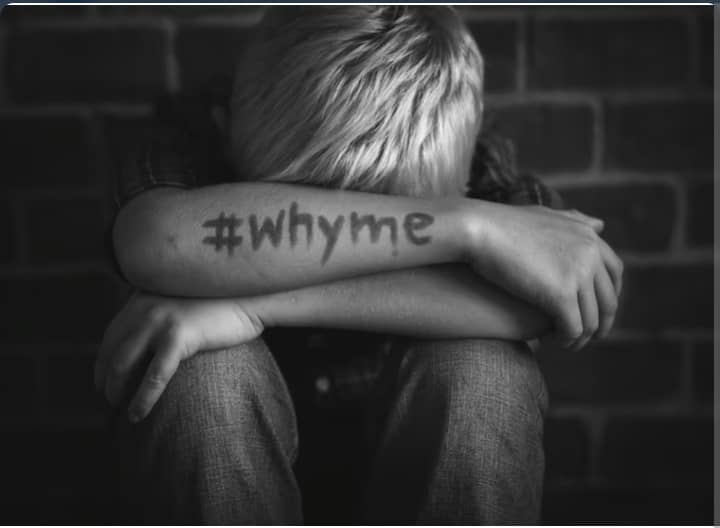Child abuse is a serious and sensitive issue that requires immediate attention and intervention to protect the well-being and safety of children. It can occur in various settings, including schools. Educators, staff, and concerned individuals must be aware of the warning signs and know how to respond appropriately. Here are some guidelines on identifying and responding to warning signs of child abuse in schools:
Be familiar with the types of child abuse: Child abuse can take different forms, including physical abuse, emotional abuse, sexual abuse, and neglect. Educators and staff should receive training to recognize the signs of each type of abuse.
Pay attention to behavioral changes: Sudden and significant changes in a child’s behavior may indicate abuse. These changes could include withdrawal, aggression, fearfulness, anxiety, depression, or a decline in academic performance.
Unexplained injuries or health issues: Frequent injuries can signify physical abuse, especially with inconsistent explanations. Additionally, unaddressed health issues or chronic neglect can be indicators of neglect.
Unusual knowledge or interest in sexual matters: A child displaying an inappropriate understanding of sexual matters or engaging in sexual behaviors beyond their age level might be experiencing sexual abuse.
Emotional signs: Children suffering from emotional abuse may exhibit low self-esteem, extreme fear of parental figures, and an inability to trust others.
Changes in attendance or behavior at school: Frequent absences or tardiness could indicate home issues or potential abuse.
Deterioration in personal hygiene or appearance: Neglect may lead to better personal hygiene, adequate clothing, or malnutrition.
Social isolation: Abused children may struggle to form relationships, isolate themselves from peers, or avoid participating in school activities.
Regression: Children experiencing abuse might revert to behaviors typical of a younger age, such as bedwetting or thumb-sucking.
Disclosure: In some cases, children may disclose their abuse directly or indirectly to a trusted adult. Creating a supportive environment where children feel safe to share their concerns is essential.
If you suspect a child is experiencing abuse or neglect, it is vital to respond appropriately:
Stay calm and composed: Keep your emotions in check to provide the child with a stable and supportive presence.
Report your concerns: Follow the established reporting procedures in your school or organization. This often involves notifying a designated child protection officer or the appropriate authorities, such as child protective services or the police.
Document your observations: Make detailed notes of your comments, including dates, times, and specific incidents.
Cooperate with authorities: If an investigation is launched, cooperate fully and provide any information you have documented.
Support the child: Offer reassurance and a listening ear to the child, but avoid investigating or leading them with suggestive questions.
Respect confidentiality: Keep the information confidential and share it only with those who need to know to protect the child.
child abuse is a serious matter requiring professionals’ immediate attention. As educators and concerned individuals, your responsibility is to ensure the safety and well-being of the children in your care.

